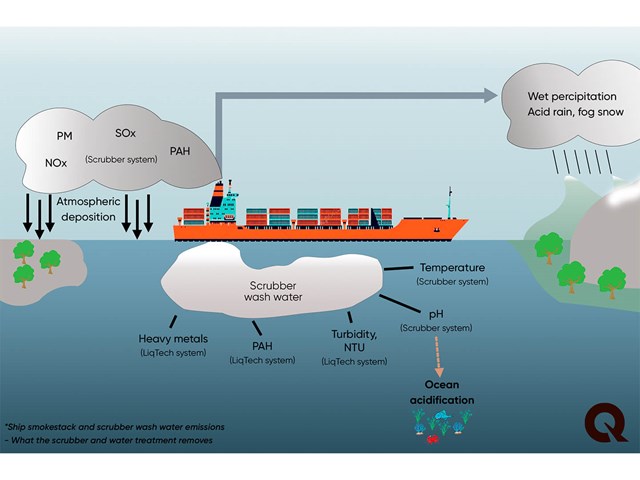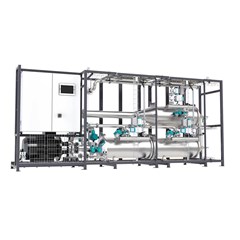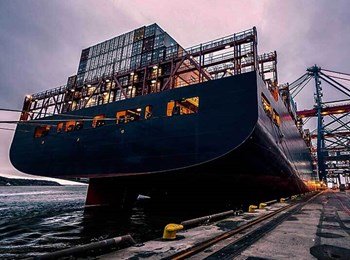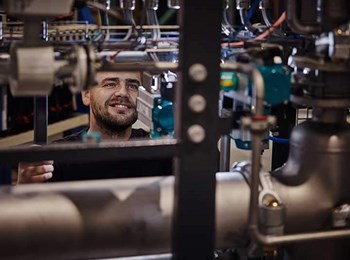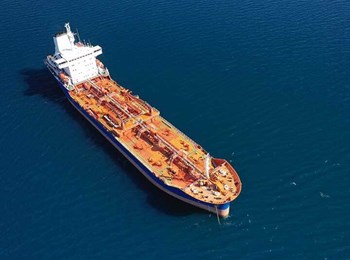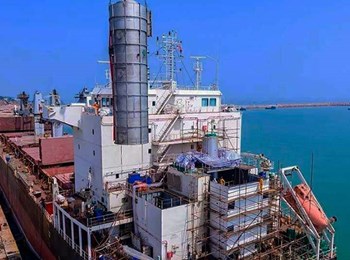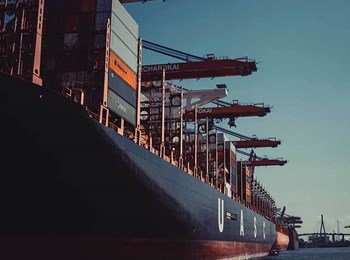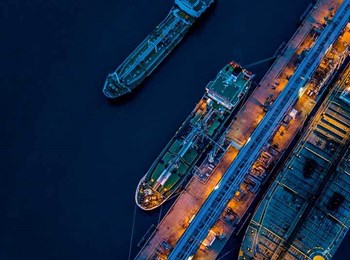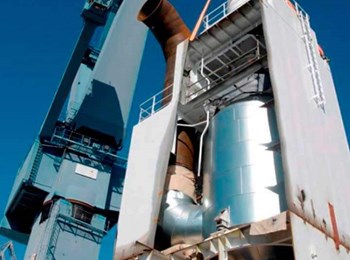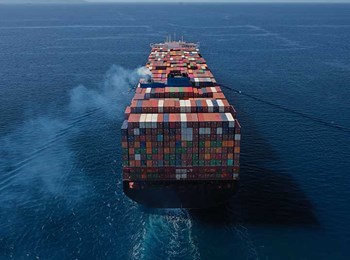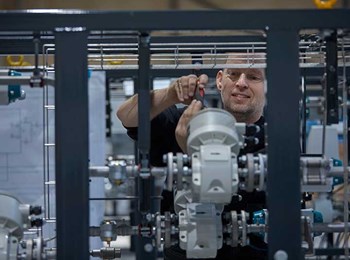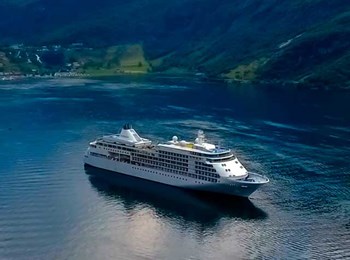Options to Comply With IMO Regulations
On the 1st of January 2020, the International Maritime Organization (IMO) adopted a global limit on sulfur in ships’ exhaust gases to secure a cleaner shipping industry by reducing man-made air pollution. Let us dive not how you comply with the IMO 2020 Sulfur Cap.
The IMO adopted a stringent SOx emission cap on the 1st of January 2020. The purpose is to improve air quality for a more sustainable future and secure a cleaner shipping industry. Severe sanctions are involved if a ship does not comply with these new regulations. Including debunking all non-compliant fuel oil, fines, or even imprisonment of the vessel’s captain. Thus, debunking a ship’s oil tank is both complex and time-consuming, and it may cause significant delays and obstruct your operation.
To comply with the IMO 2020 Sulfur Cap, the shipping industry has two options:
Option 1:
Switch to a compliant fuel containing a lower amount of sulfur or alternative fuel with no sulfur.
Option 2:
Implement a marine scrubber to lower the SOx output and continue to operate on heavy fuel oil (HFO).
A scrubber is also known as an exhaust gas cleaning system (EGCS). It is an air pollution control device that can reduce the SOx output in exhaust gases. The IMO 2020 Sulfur Cap heavily reduced the allowed sulfur content from 3.5% to 0.1%. You can comply with this limit by installing a scrubber system, which enabling you to operate everywhere in the world, including the Emission Control Areas (ECA). Simultaneously. A scrubber will allow vessels to use HFO legally. HFO is, in most cases, much cheaper than low-sulfur fuels. Thus, a scrubber delivers returns in the form of fuel cost savings. This ensures low OPEX, which can quickly justify the CAPEX.
Whether a marine scrubber is a good investment highly depends on the fuel price spread. The price spread may easily be triple-digit per metric ton (mt). When the gap peaked in January 2020, a scrubber had a return on investment (ROI) in less than six months. Yet, a conservative ROI is around 1-3 years, which still ensures a prosperous financial outlook for scrubbers. You can calculate whether a scrubber is a good investment for your operation based on your fuel consumption and the fuel prices spread. Get an overview of the current fuel price spread in real-time here.
Marine scrubbers come in open-loop, closed-loop, and a hybrid version. All three can secure both sustainable and financial growth. Closed-loop and hybrid scrubber technology are market-proven and environmentally sound solutions. The research and analyst firm CE Delft has conducted a study called Comparison of CO2 emissions of MARPOL Annex VI Options in 2020. They compare CO2 emissions from producing and installing scrubbers with CO2 emissions from producing and burning refined marine fuel. To this, CE Delft concluded that scrubbers lead to a 1.5-3% rise in CO2 emissions for various relevant ships. Meanwhile, using low-sulfur fuel leads to a 1-25% rise in CO2 emissions. Thus, scrubbers have a significantly lower carbon footprint than alternative fuel options.

